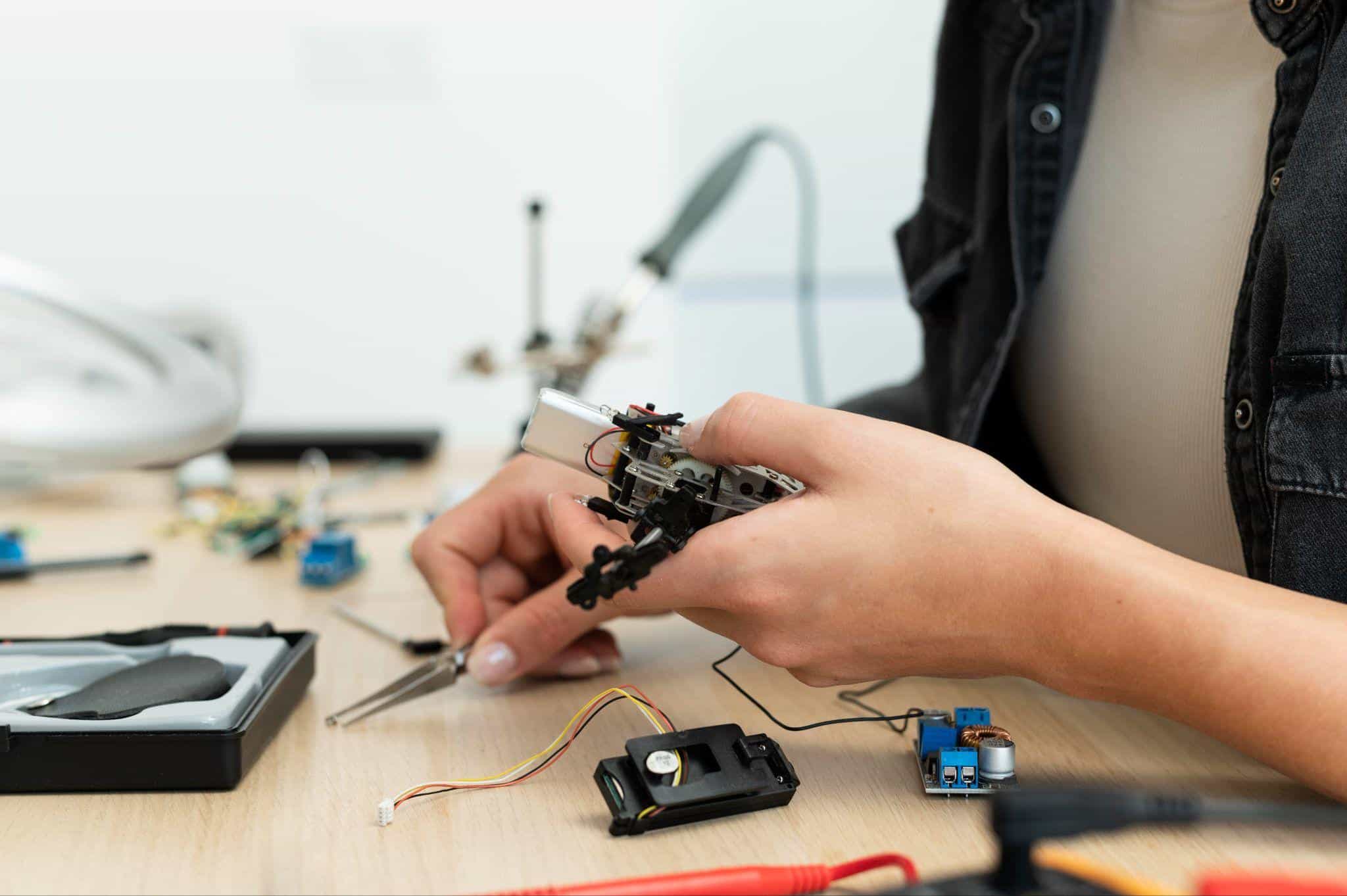In modern technology and engineering, precision motion control is essential in robotics, manufacturing, and automation industries. Achieving accurate, reliable, and smooth motion is critical to improving efficiency and product quality.
Linear actuators are critical components in precision motion control systems. These devices convert rotational motion into linear movement, enabling controlled and accurate positioning in various applications. Their importance lies in their ability to deliver consistent performance across diverse environments and systems.
This article explores why linear actuators are indispensable for precision motion control, detailing their benefits, functions, and advantages to cutting-edge technology.
1. Delivering Accuracy in Movement
Linear actuators excel at providing precise motion, a requirement in industries where even minor deviations can cause significant issues. Their ability to achieve consistent and repeatable linear positioning is vital.
Key benefits of accurate motion:
- Ensures high-quality results in manufacturing processes.
- Reduces errors in sensitive applications, such as medical devices or laboratory automation.
- Supports robotic arms and machinery in achieving fine adjustments.
In systems requiring exact positioning, linear actuators ensure smooth, controlled motion without compromising precision.
2. Supporting High Load Capacities
Industries often require motion control systems capable of handling substantial loads while maintaining accuracy. Linear actuators are designed to deliver robust performance under heavy-duty conditions.
Features for load-bearing capabilities:
- Heavy-duty models are constructed with durable materials like stainless steel or aluminum.
- Advanced motor and screw designs for high-force output.
- Enhanced bearings to reduce wear during operation.
These capabilities allow actuators to operate efficiently in aerospace, automotive assembly, or industrial automation environments, where load management is critical.
3. Enabling Versatility Across Applications
Linear actuators are versatile, serving a wide range of industries and uses. Their adaptability to different systems and environments makes them a cornerstone in motion control.
Common applications:
- Medical technology: Used in hospital beds, surgical tables, and diagnostic equipment.
- Manufacturing: Drives conveyor belts, assembly lines, and material handling systems.
- Robotics: Powers robotic arms and manipulators for intricate movements.
- Automotive: Supports automated doors, adjustable seats, and lift systems.
This flexibility ensures that linear actuators meet the requirements of diverse industries while maintaining precise control.
4. Integrating Advanced Feedback Systems
Many linear actuators have integrated feedback systems, enabling real-time monitoring and control. Feedback mechanisms enhance accuracy and ensure smooth operation in dynamic applications.
Advantages of feedback integration:
- Real-time data about position, speed, and force.
- Closed-loop control systems for error correction and enhanced reliability.
- More accessible diagnostics and maintenance through performance monitoring.
Feedback systems make actuators indispensable in applications where precision and monitoring are essential, such as 3D printing or CNC machining.
5. Offering Energy Efficiency
Energy-efficient operation is a growing concern across industries. Linear actuators help reduce energy consumption without compromising performance, contributing to sustainable practices.
How they improve energy efficiency:
- Low power consumption during operation.
- Advanced motor technologies that minimize heat and energy loss.
- Optimized designs that reduce friction and wear.
Efficiency benefits industries ranging from renewable energy to factory automation, where cost savings and environmental impact are significant considerations.
6. Ensuring Durability in Challenging Environments
Many motion control applications occur in harsh or demanding environments, requiring actuators to withstand extreme conditions. Linear actuators are built to endure challenging settings while maintaining performance.
Features that enhance durability:
- Corrosion-resistant materials to withstand moisture or chemical exposure.
- Sealed enclosures to protect against dust and debris.
- Thermal-resistant designs to handle high temperatures.
The rugged construction of linear actuators benefits applications like marine equipment, mining machinery, and outdoor solar trackers.
Critical Components of Linear Actuators for Precision Control
Understanding the core elements of a linear actuator can clarify its importance in motion control systems. Each component contributes to the precision and functionality needed for complex tasks.
Essential components:
- Motor: Provides the rotational motion converted to linear motion.
- Lead screw or ball screw: Transfers rotational energy into precise linear displacement.
- Feedback sensors: Monitor and adjust movement for accuracy.
- Mounting brackets: Ensure stability during operation.
These parts work together seamlessly to deliver the precision required for demanding applications.
Selecting the Right Linear Actuator for Your Needs
Choosing the ideal actuator involves assessing your specific application and system requirements. Making the proper selection maximizes performance and ensures longevity.
Factors to consider:
- Load requirements: Match the actuator’s capacity to your system’s needs.
- Speed and stroke length: Ensure it aligns with the intended application.
- Environment: Consider materials and designs for harsh or unique conditions.
- Integration: Ensure compatibility with existing motion control systems.
Evaluating these factors helps ensure the chosen actuator meets performance expectations while delivering precision.
Unlocking Precision with Linear Actuators
Linear actuators are essential for achieving precision in motion control systems. They offer accuracy, load management, durability, and energy efficiency benefits. Their adaptability across industries and integration with advanced technologies make them indispensable for modern applications.
Elevate Your Systems Today
Enhance the accuracy and efficiency of your motion control systems with the correct linear actuators. Evaluate your needs, explore options, and unlock the potential for precision in your operations. Don’t delay—invest in the future of motion control now!








